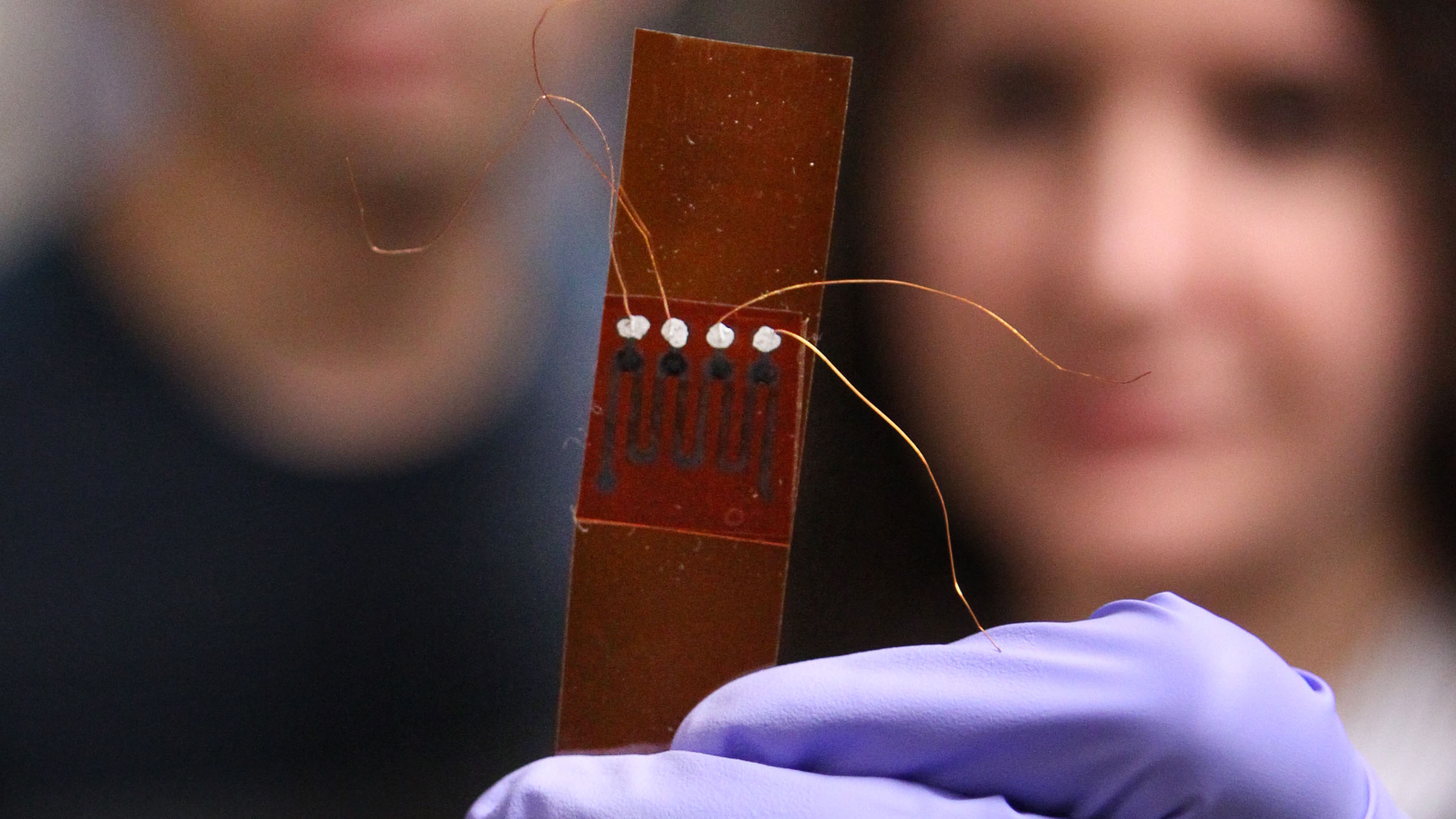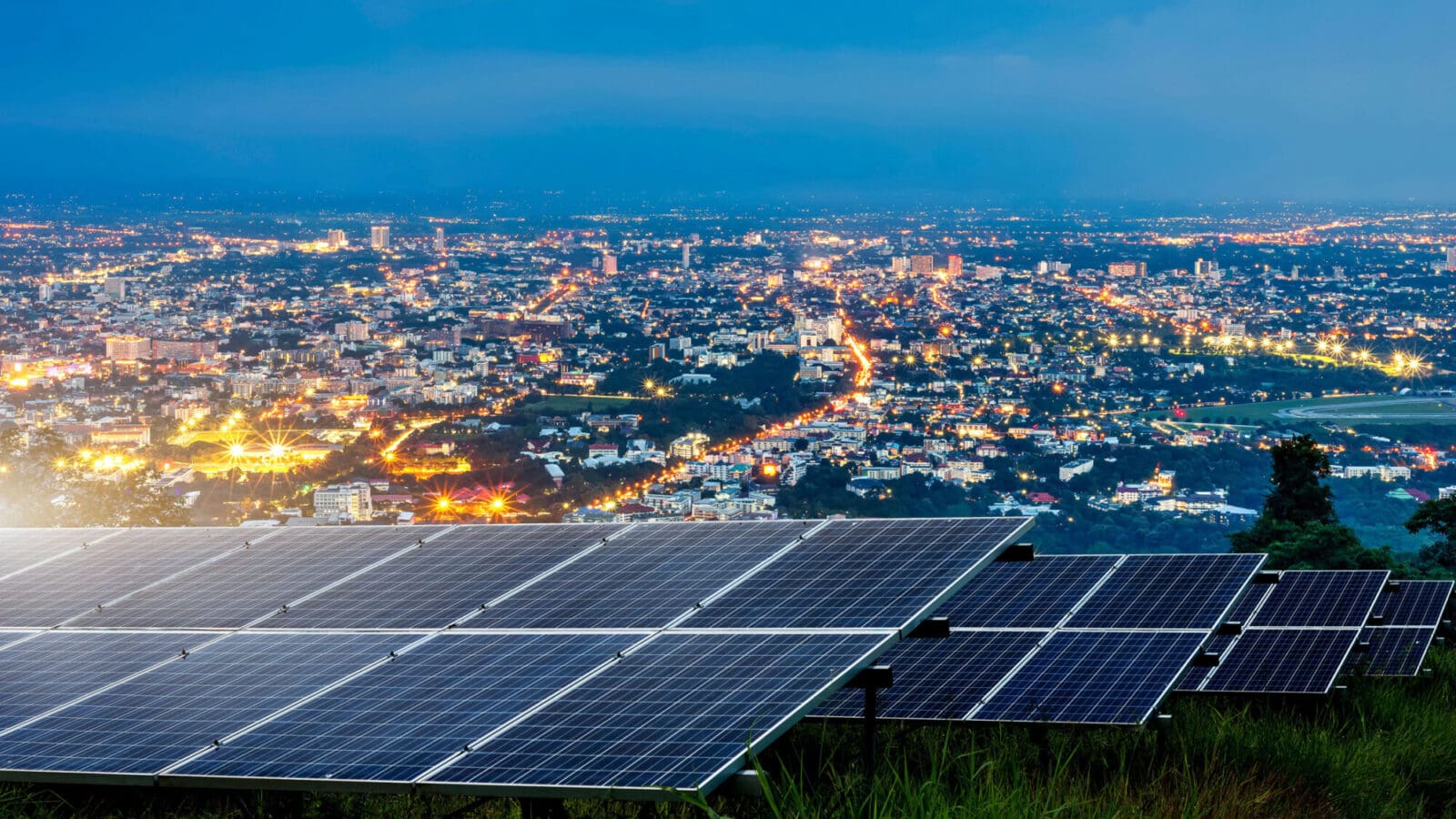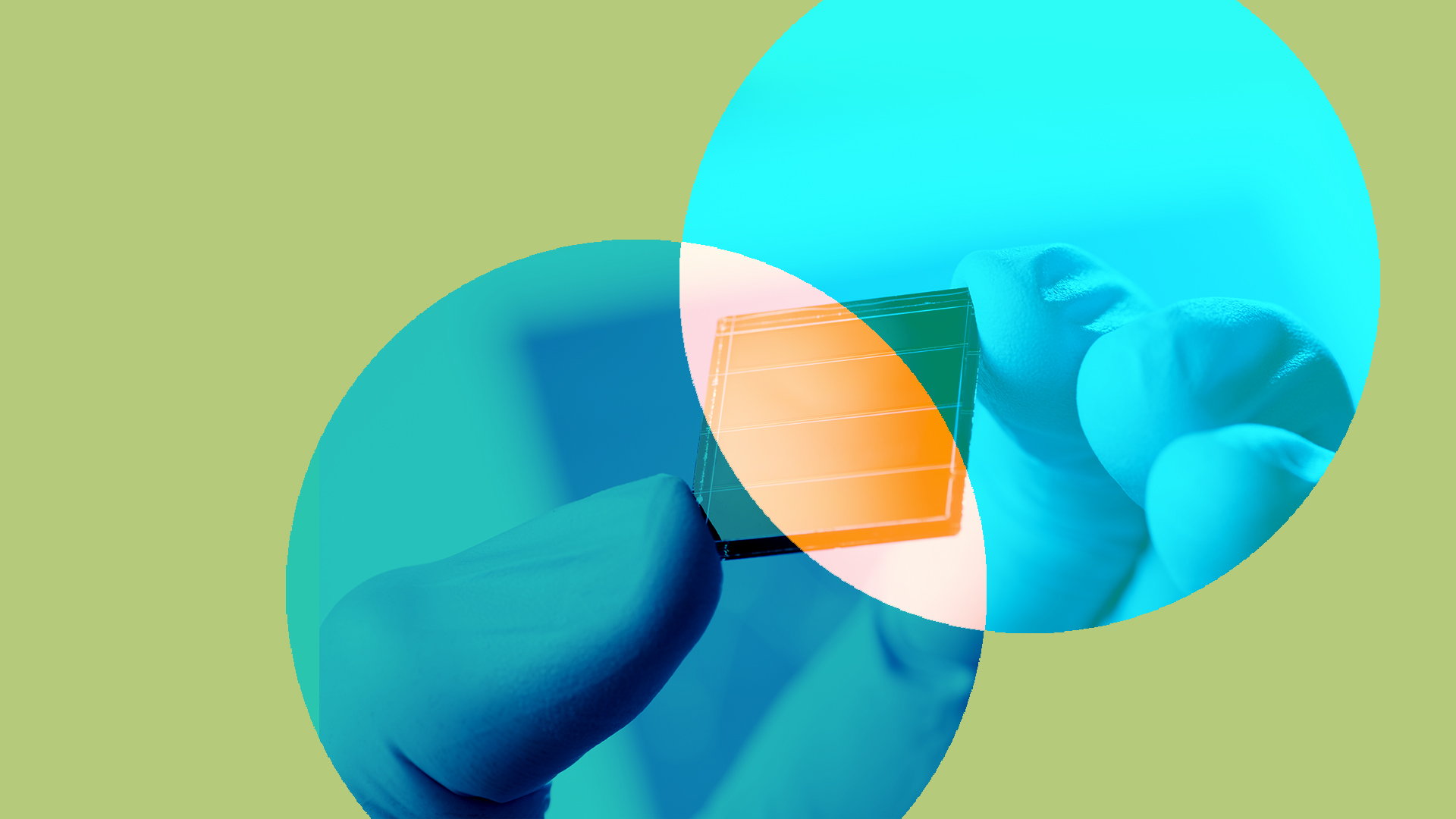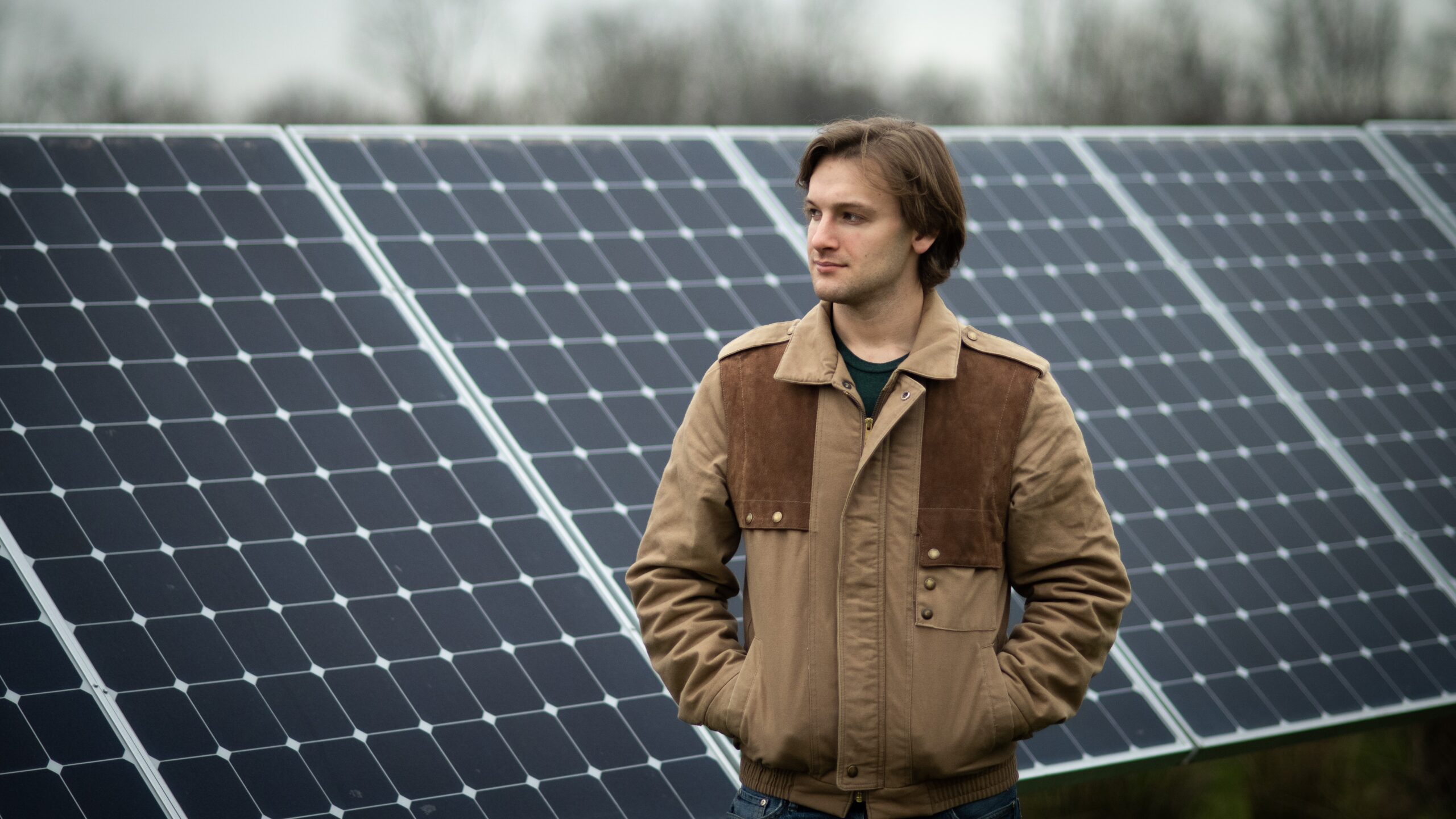
New forms shape solar power
By
on
This article is from the Winter 2018 EQuad News.

“Much of our research is concerned with these materials’ complexity, and how we can control the materials’ structure to express different mechanical properties, such as elasticity, toughness, conductivity, and other traits,” said Loo, director of the Andlinger Center for Energy and the Environment, Theodora D. ’78 and William H. Walton III ’74 Professor in Engineering, and professor of chemical and biological engineering. “If you look at steel as an example, it is used for all sorts of different applications. And in each application, from steel wool to steel beams, the metal has different mechanical properties,” she said.
Her team’s focus on the fundamental characteristics of organic molecules and polymers has led to the development of self-powered smart windows that use transparent solar cells to absorb ultraviolet light, and solar cells with wrinkles and folds that boost light absorption. The work in her lab on conducting materials has also led to uses in medical settings, such as a glucose sensing monitor and an ultra-sensitive temperature sensor.







